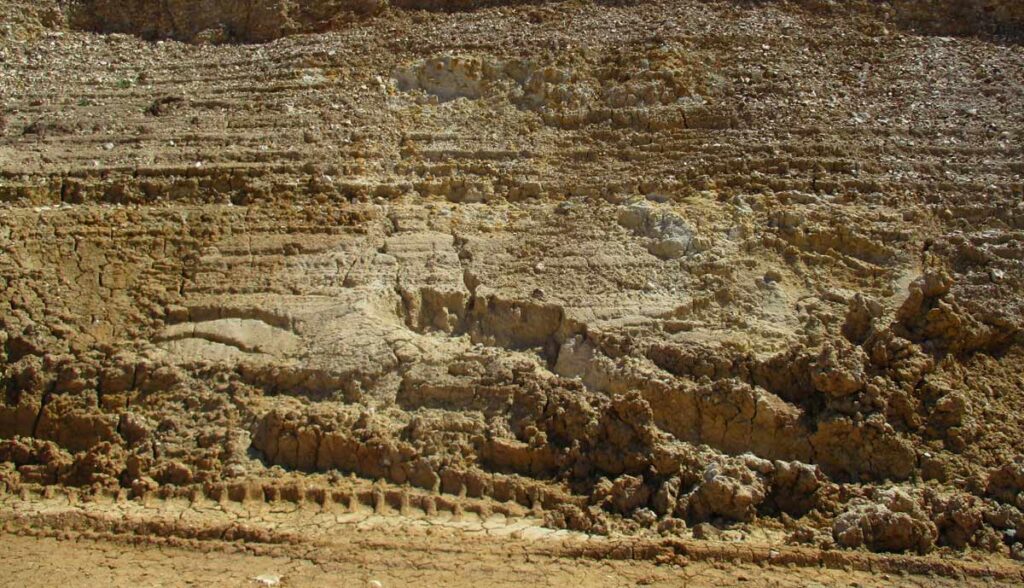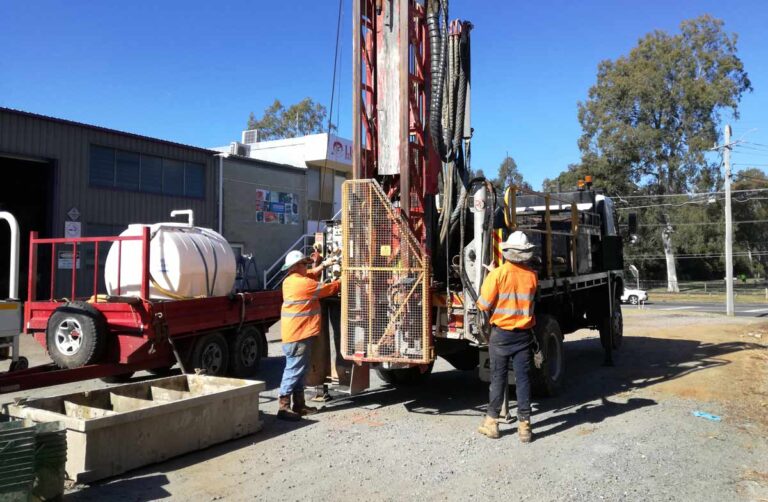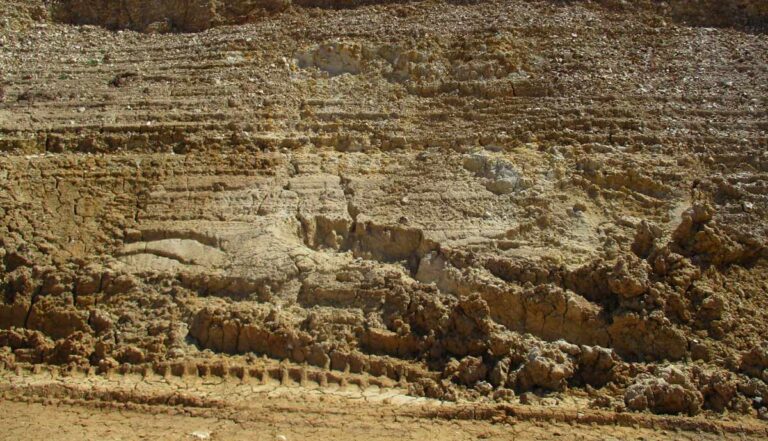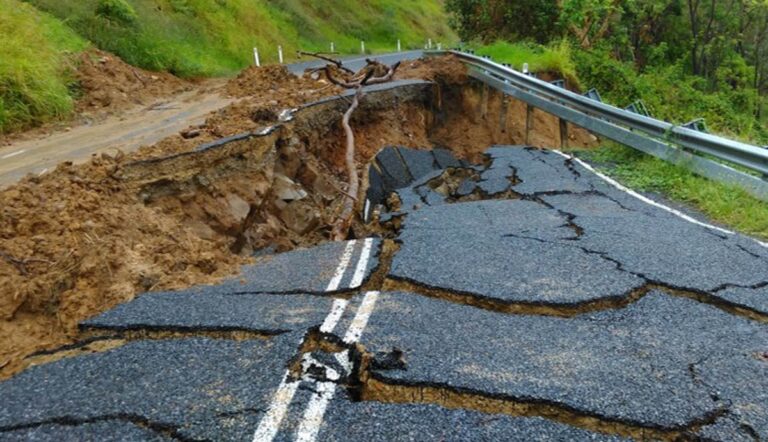Interpretation of geological and geotechnical data for the development of Engineering Geological Models (EGM) is fundamental to all of our work. The nature and detail of an EGM will depend on the project.
The development of an EGM is much more than information from a single borehole at a foundation location or a cross section with lines at stratigraphic boundaries. EGM development is a defined process of gathering and collating geological information and interpreting geotechnical data to build a model of the site relevant to the engineering of the project. The purpose of an EGM is to define characteristics relating to the development and identify uncertainties that need to be further addressed. A well-developed EGM will allow specific testing requirements to be addressed at the right time to feed into the engineering process.
- Slope stability assessments.
- Soil and rock cut slope support.
- Excavation retention (e.g. soil nails, piles, sheet piles, retaining walls, anchors).
- Foundations (e.g. tower cranes, scaffolding).
- Cofferdams and earth embankment dams.
- Working platforms for piling rigs and cranes.
- Hardstands and construction platforms.
- Earthworks and embankments, including steepened slopes.
- Site investigations and ground model development.
- Construction stage monitoring, assessment and advice.
Led by Ian Shipway, an Engineering Geologist with more than 40 years of experience in the geotechnical industry, we focus on developing EGM’s from the bottom up, beginning with a conceptual model which is continuously developed as more data becomes available. Ian is a champion for the role of geology in engineering, acting as a presenter in various courses run by the Australian Geomechanics Society, including Geology for Engineers in Adelaide and Engineering Geology in Wollongong.





